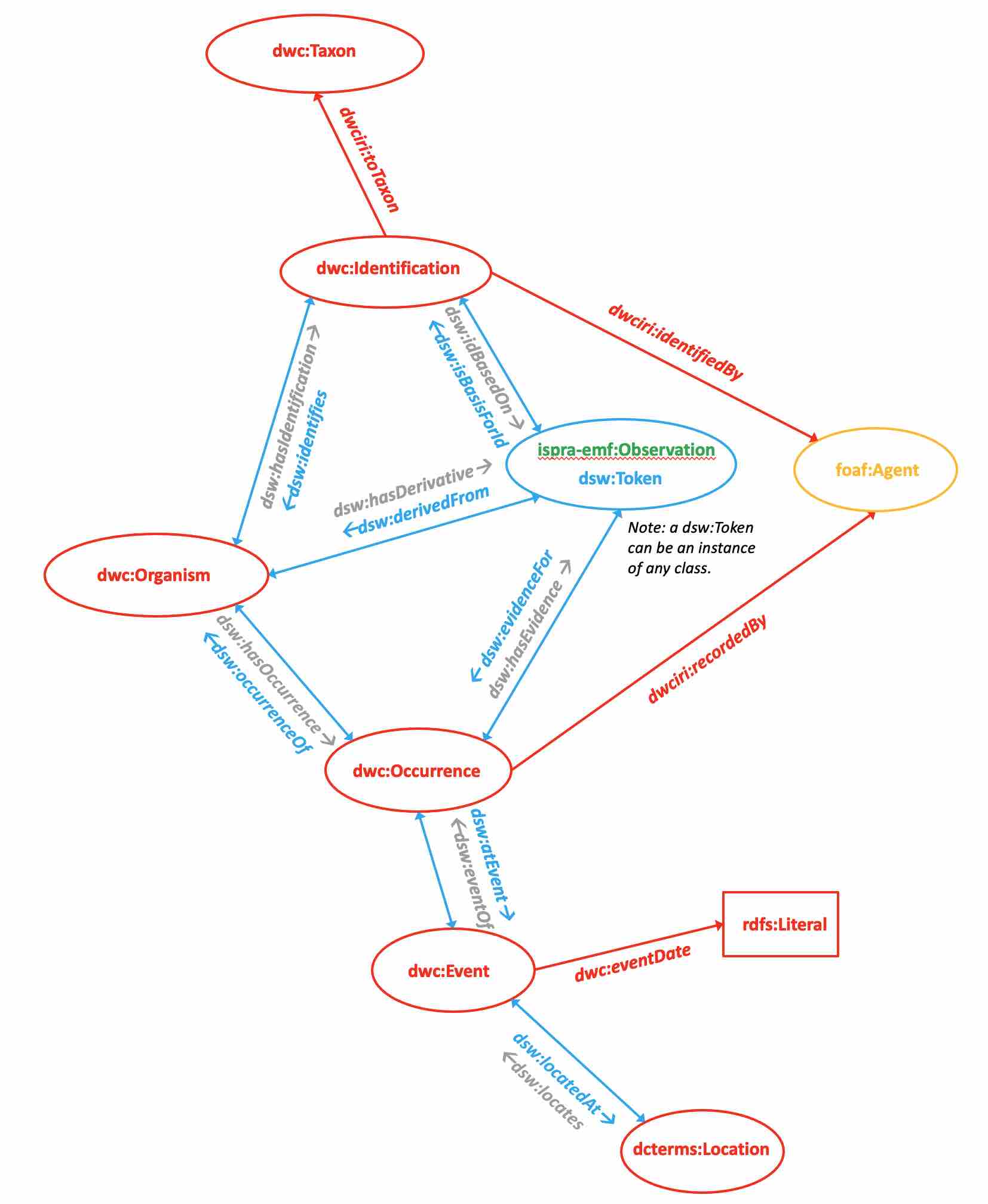Data from the CNI-ISPRA bird ringing activity
ISPRA, with its National Ringing Center (CNI-ISPRA), represents the Italian node of the EURING network (The European Union for Bird Ringing), coordinating the ringing activity for scientific purposes on the Italian territory (law 157 / 92, art. 4.2, Annex V Birds Directive, Community Law 2009) and sharing information with the other 48 related national centers.
In Italy, this activity produces approximately 250,000 new ringing data and over 20,000 recaptures per year for about 300 bird species. The IT management of this data flow is entrusted to EPE (EURING Protocol Engine ), a Web-based Information System for the long-term storage and distribution of CMR data (capture-mark-recapture ) obtained with ringing.
Bird ringing represents one of the most effective methods for studying the biology, ecology, movements, productivity and demographics of birds populations. Reconstructing the journeys of ringed birds allows us to define their migration routes and stopover areas, thus providing basic information for planning integrated systems of protected areas. Other information arising from recaptures and recoveries includes population parameters (e.g. estimates of survival, reproductive success) which are essential for determining the causes of changes in population size. For these reasons, the CMR data resulting from ringing are essential for understanding the demographic dynamics and implementing the conservation of wild bird populations, as well as for analysis for the purpose of applying important national and EU regulations
For further details:
WHAT DOES IT INCLUDE?
- Taxonomy of bird species
- Ringing observations (capture and recaptures)
EXAMPLE OF QUERY
[execute query] – For which species and date ranges are the observations?
PREFIX dwc: <http://rs.tdwg.org/dwc/terms/>
PREFIX dwciri: <http://rs.tdwg.org/dwc/iri/>
PREFIX dsw: <http://purl.org/dsw/>
PREFIX dcterms: <http://purl.org/dc/terms/>
PREFIX ispra-top: <https://w3id.org/italia/env/onto/top/>
SELECT ?t AS ?URItaxon ?scientificname str(?vernacularname) AS ?vernacularname MIN(xsd:date(?date)) AS ?minimumdate MAX(xsd:date(?date)) AS ?maximumdate COUNT(?observation) AS ?observations
WHERE
{
## remove '#' from the line below and set the date if you wish to filter for a particular observation date
#FILTER (?date = "2012-10-17"^^xsd:date)
GRAPH <https://w3id.org/italia/env/ld/euring/taxon/> {
## remove '#' from the line below and set the scientific name if you wish to filter for a particular species
#FILTER (?scientificname = "Hirundo rustica")
?t a dwc:Taxon;
dwc:scientificName ?scientificname;
dwc:vernacularName ?vernacularname .
}
?i dwciri:toTaxon ?t .
?observation dsw:isBasisForId ?i;
dcterms:created ?date .
FILTER (langMatches(lang(?vernacularname),"en"))
#BIND(SUBSTR(str(?t), 32, 6) AS ?dataset)
}
GROUP BY ?t ?scientificname ?vernacularname
ORDER BY ?vernacularname
